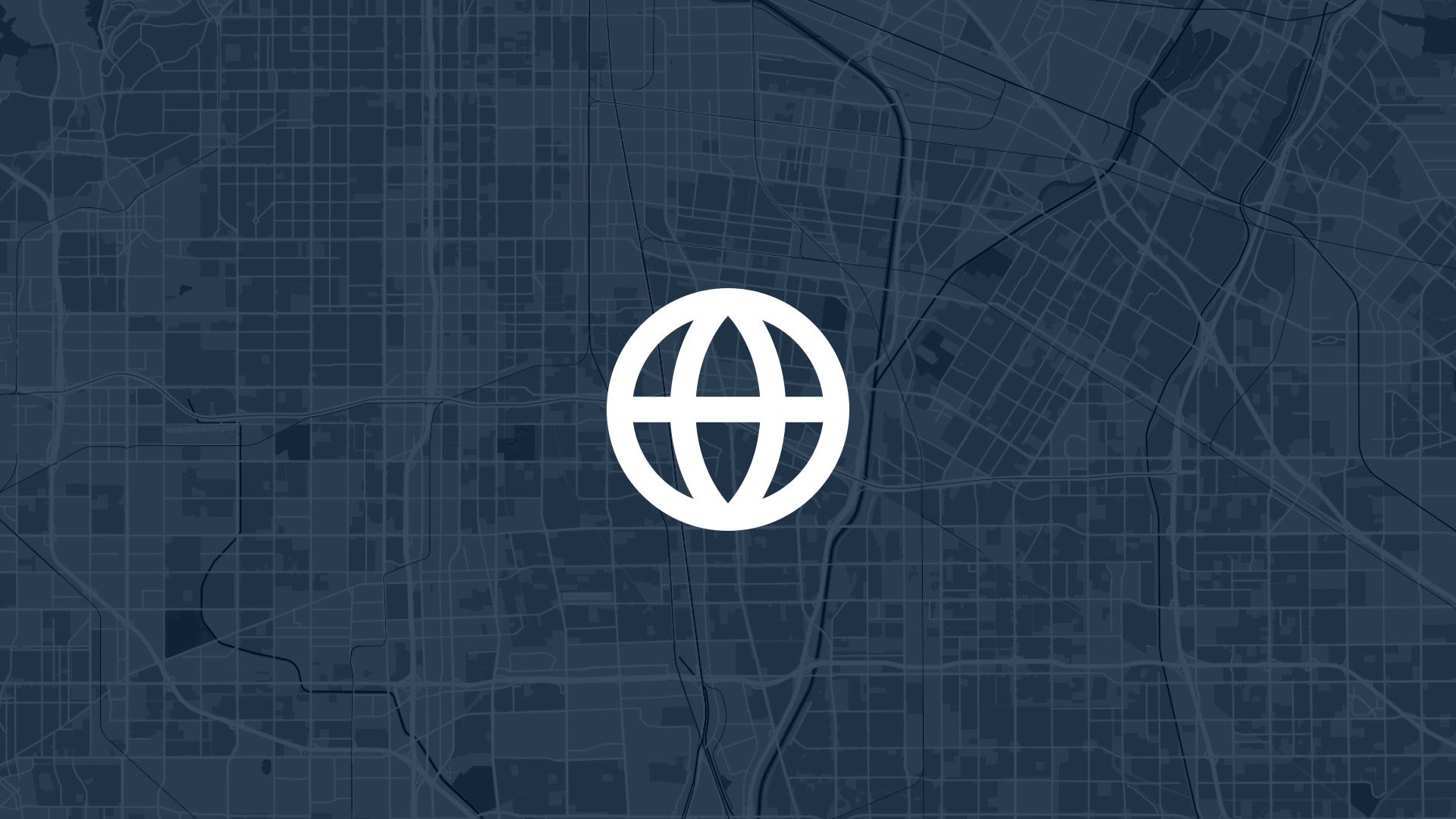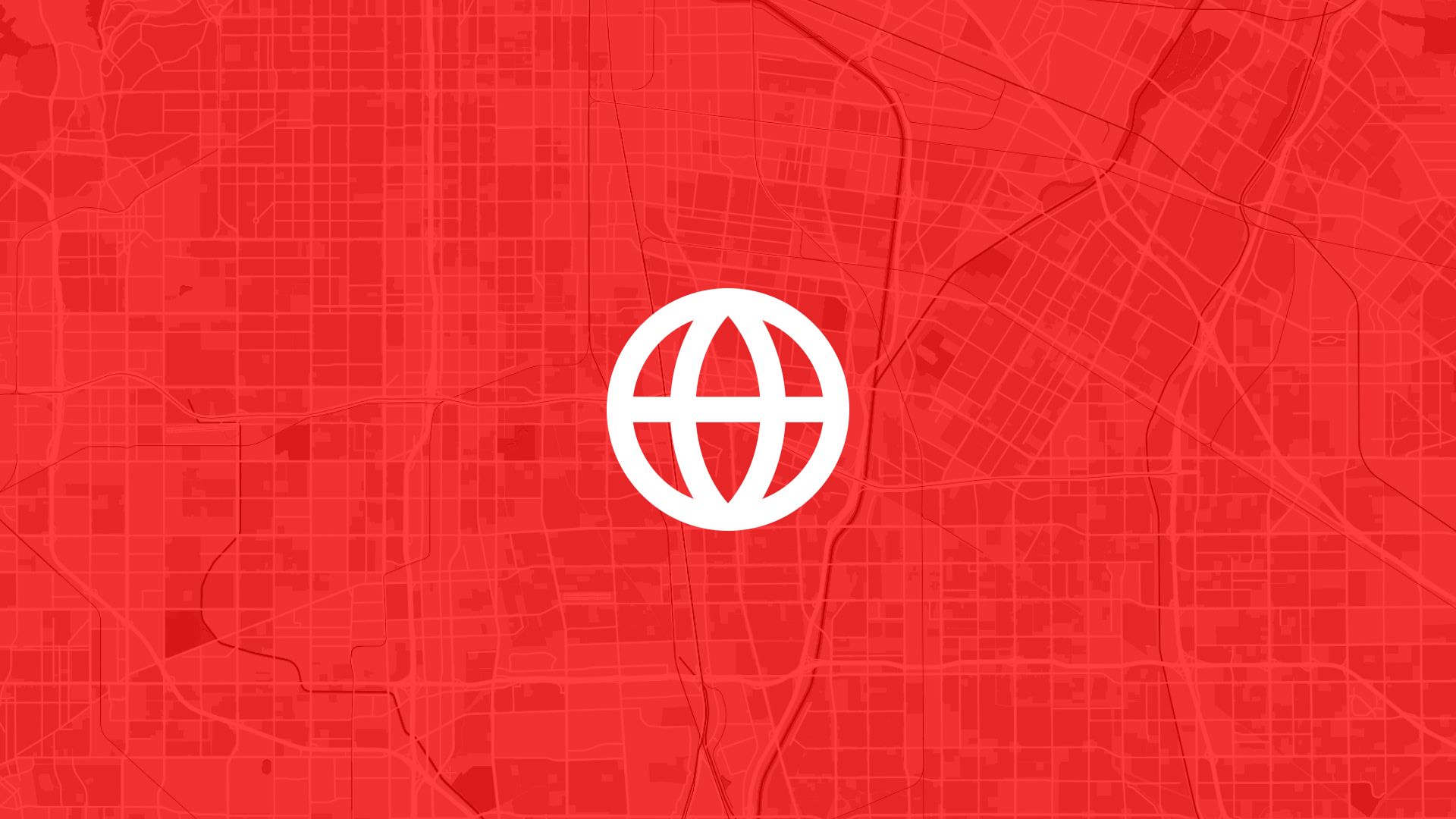The most effective logistics support development combines comprehensive hub proximity analysis with land availability assessment to reveal exactly which areas offer optimal access to major logistics centers, minimize transportation costs, and maximize supply chain integration opportunities.
If your logistics support site selection relies only on general proximity estimates, basic land availability data, or location information that lacks detailed hub analysis and support facility assessment, you're missing the proximity intelligence that determines operational efficiency, cost advantages, and logistics network integration. That's why experienced logistics developers ask: can we buffer logistics hubs by 5 miles to find support land that offers optimal proximity to major distribution centers, evaluate ancillary development opportunities, and select strategic locations for logistics support facilities based on comprehensive hub proximity analysis and supply chain optimization?
With Atlas, you can create comprehensive logistics proximity analysis that combines hub buffering with land evaluation and supply chain intelligence for actionable site selection decisions. No complex logistics modeling software, no uncertainty about hub access, no barriers to understanding support facility opportunities. Everything starts with clear geographic visualization and meaningful proximity assessment.
Here's how to set it up step by step.
Why Buffering Logistics Hubs by 5 Miles to Find Support Land Matters for Supply Chain Development
Creating comprehensive hub proximity and support land analysis enables better site selection and more effective logistics development across supply chain-integrated locations.
So buffering logistics hubs by 5 miles to find support land isn't just convenient proximity visualization—it's essential logistics intelligence that transforms hub data into strategic site selection insights for successful supply chain development.
Step 1: Set Up Comprehensive Logistics Hub Data and Proximity Analysis Integration
Atlas makes it easy to create detailed logistics proximity analysis with comprehensive hub and land availability evaluation:
- Upload logistics hub data including distribution centers, fulfillment facilities, intermodal terminals, and major logistics operations organized for proximity-based site selection analysis
- Add land availability information showing developable parcels, zoning designations, infrastructure access, and site characteristics within 5-mile proximity zones of logistics hubs
- Import transportation network data connecting road systems, shipping routes, and logistics corridors that affect hub access and support facility connectivity
- Include logistics context showing supply chain networks, service providers, and ancillary operations that benefit from hub proximity and create support facility opportunities
Once configured, your logistics proximity analysis provides the geographic foundation for comprehensive hub-based site selection and supply chain support development planning.
Step 2: Create 5-Mile Buffer Zones and Support Land Visualization
Next, build logistics support visualization that reveals proximity opportunities and land availability around major logistics hubs:
You can display different hub proximity analysis approaches:
- 5-mile buffer mapping showing standardized proximity zones around logistics hubs with available support land highlighted for optimal ancillary development opportunities
- Hub accessibility analysis displaying transportation routes, access quality, and connectivity factors that affect support facility efficiency within 5-mile proximity zones
- Land suitability evaluation revealing developable parcels, zoning compatibility, and infrastructure readiness that support logistics ancillary development within hub proximity areas
- Combined proximity-suitability scoring integrating hub access with land characteristics to identify locations with optimal combinations of logistics proximity and development potential
- Service cluster identification showing concentrations of logistics support services, complementary facilities, and supply chain providers within 5-mile hub proximity zones
- Infrastructure capacity assessment mapping utilities, transportation access, and development infrastructure that support logistics support facility development near major hubs
Each visualization approach reveals proximity characteristics that inform logistics development decisions, support facility planning, and supply chain integration strategies.
Step 3: Analyze Hub Proximity Patterns and Support Development Opportunities
To extract logistics insights from 5-mile buffer analysis and support land evaluation:
- Identify optimal support sites discovering land areas with favorable hub proximity, development potential, and characteristics that support logistics ancillary operations and supply chain integration
- Evaluate proximity efficiency understanding transportation cost advantages, operational synergies, and supply chain benefits that 5-mile hub proximity provides for support facility operations
- Assess development potential analyzing how hub proximity and land availability enable optimal support facility sizing, service integration, and logistics network participation
- Compare proximity scenarios evaluating trade-offs between hub access, land costs, and development requirements to optimize logistics support site selection and operational efficiency
- Discover integration opportunities using proximity analysis to identify locations where 5-mile hub access unlocks additional logistics support development potential and supply chain value
Hub proximity and support land analysis reveals development opportunities and logistics optimization strategies that maximize support facility success and supply chain integration.
Step 4. Enable Logistics Development Team Coordination and Proximity Assessment
To support supply chain development and hub-based planning:
- Create logistics proximity dashboards providing development teams with comprehensive hub analysis, land evaluation, and support opportunity intelligence
- Set up project coordination tools helping logistics teams understand hub access, plan support facilities, and coordinate development strategies based on proximity analysis
- Add stakeholder communication enabling clear presentation of hub proximity, development advantages, and logistics opportunities to investors and supply chain partners
- Include operational planning providing proximity analysis for service design, logistics coordination, and supply chain integration planning within 5-mile hub zones
- Configure portfolio management using hub proximity data to support logistics portfolio development, support facility coordination, and strategic site selection across multiple hub proximity areas
Logistics proximity intelligence becomes actionable across development teams, enabling coordinated supply chain planning and informed logistics support location selection decisions.
Step 5: Optimize Logistics Strategy and Hub Integration
To use 5-mile buffer analysis for strategic logistics support development:
- Plan support facility networks using hub proximity analysis to identify optimal ancillary locations and coordinate regional logistics support expansion strategies
- Optimize supply chain efficiency understanding hub connectivity and proximity advantages to maximize operational synergies and minimize logistics costs
- Coordinate hub integration using proximity analysis to plan service offerings, operational coordination, and supply chain partnerships that leverage hub proximity advantages
- Design operational strategies analyzing hub access and proximity patterns to plan inventory management, service delivery, and logistics coordination within 5-mile zones
- Plan network expansion understanding hub proximity and development patterns to design logistics strategies that capture optimal supply chain integration and operational efficiency
Step 6: Integrate Proximity Analysis with Logistics Development Systems
Now that comprehensive 5-mile buffer and support land analysis are complete:
- Export logistics intelligence for integration with supply chain planning platforms, logistics management systems, and project coordination tools
- Create operational support using proximity and land analysis to inform facility design, service planning, and supply chain integration for logistics support projects
- Set up hub coordination providing proximity analysis for partnership agreements, service contracts, and logistics network integration development
- Design portfolio management using proximity analysis to support logistics portfolio development, hub coordination, and strategic site selection across multiple support facilities
- Generate investment intelligence supporting logistics consulting, supply chain analysis, and investment decisions with comprehensive hub proximity and land evaluation
Your logistics proximity analysis becomes part of comprehensive supply chain development that creates better project outcomes through hub intelligence and strategic logistics support site selection.
Use Cases
Buffering logistics hubs by 5 miles to find support land is useful for:
- Logistics developers identifying optimal support facility sites and evaluating development potential based on comprehensive hub proximity and land availability analysis
- Supply chain planners evaluating ancillary development opportunities and planning logistics networks based on hub connectivity, proximity advantages, and operational integration
- Investment analysts assessing logistics support project potential and making investment decisions based on hub proximity, operational synergies, and supply chain integration benefits
- Service providers evaluating logistics support opportunities and planning operations based on hub access, proximity advantages, and supply chain coordination requirements
- Industrial consultants supporting clients with logistics support site selection and feasibility analysis based on hub proximity, operational efficiency, and supply chain integration assessment
It's essential for any logistics support development where project success depends on understanding hub proximity and making supply chain-informed decisions about ancillary facility location selection and operational integration.
Tips
- Consider hub specialization analyzing not just proximity but also hub types, cargo specialization, and operational characteristics that affect support facility compatibility and service opportunities
- Evaluate traffic patterns understanding hub operational schedules, peak activity times, and traffic flows that affect support facility access and operational efficiency
- Include development timing analyzing hub expansion plans, capacity changes, and operational evolution that will affect long-term support facility viability and growth potential
- Plan for service integration understanding hub operational needs, service gaps, and supply chain requirements that create opportunities for support facility development
- Combine with workforce access analyzing how hub proximity relates to labor availability, transportation networks, and workforce development for logistics support operations
Buffering logistics hubs by 5 miles to find support land in Atlas enables comprehensive proximity assessment and evidence-based logistics development decisions.
No separate proximity analysis software needed. Just analyze hub connectivity and land characteristics geographically, evaluate supply chain opportunities, and discover the logistics intelligence that optimizes support facility site selection and hub integration.
Site Search and Evaluation with Atlas
Finding the right location isn't just about availability—it's about discovering sites that meet your specific requirements and offer the best potential for project success.
Atlas helps you turn location criteria into actionable site intelligence: one platform for site analysis, evaluation, and strategic selection.
Transform Location Requirements into Site Intelligence
You can:
- Analyze terrain conditions, environmental factors, and infrastructure access that affect site suitability
- Evaluate multiple sites simultaneously and compare them based on your specific project requirements
- Identify optimal locations by combining geographic analysis with project-specific criteria and constraints
Also read: Track Equipment and Assets by Location
Build Site Selection That Drives Project Success
Atlas lets you:
- Score and rank potential sites based on multiple criteria and project requirements
- Generate comprehensive site reports that support decision-making and stakeholder communication
- Export site intelligence for integration with project development and investment analysis systems
That means no more guessing about site suitability, and no more uncertainty about which locations offer the best potential for your projects.
Discover Better Sites Through Geographic Intelligence
Whether you're developing industrial projects, planning manufacturing facilities, or selecting logistics locations, Atlas helps you turn site requirements into competitive advantage.
It's site evaluation—designed for geographic precision and project success.
Find Your Ideal Location with the Right Tools
Site selection is complex, but location intelligence can be simple. Whether you're evaluating hub proximity, analyzing supply chain integration, assessing support opportunities, or planning logistics development—location matters.
Atlas gives you both precision and insight.
In this article, we covered how to buffer logistics hubs by 5 miles to find support land, but that's just one of many ways Atlas helps you evaluate sites.
From proximity analysis to hub assessment, supply chain evaluation, and logistics planning, Atlas makes site search and evaluation accessible and actionable. All from your browser. No logistics expertise needed.
So whether you're developing logistics projects or selecting any type of supply chain-dependent facility, Atlas helps you move from "searching for sites" to "selecting optimal locations" faster.
Sign up for free or book a walkthrough today.





